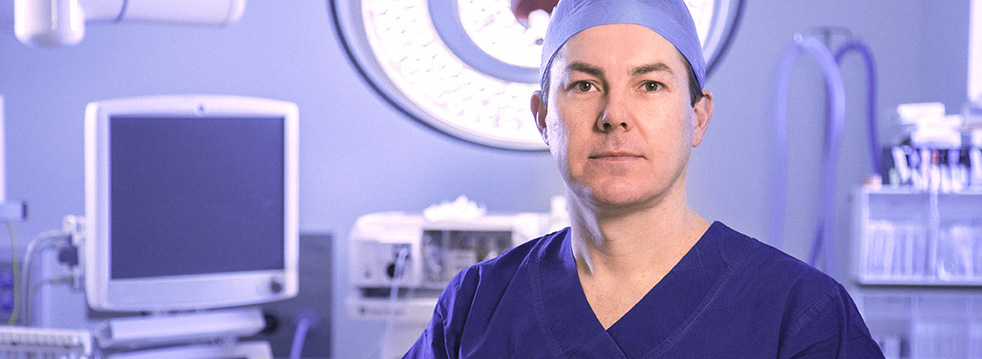What is endometriosis?
Endometriosis is a common condition affecting women. It occurs when cells from the lining of the uterus are implanted outside of the uterus. The areas commonly affected are in the pelvis, around the bladder, rectum, ovaries and tubes. The cells are thought to have moved out of the uterus via the fallopian tubes.
What are the symptoms of endometriosis?
Endometriosis can have no symptoms at all and be an incidental findings at the time of surgery for other conditions. In patients who did develop symptoms, these include:
- Lower abdominal / pelvic pain
- Severe pain before or during monthly periods
- Painful sexual intercourse
- Pain with bowel motions or urination
Another problem due to endometriosis can be difficulty falling pregnant.
How is endometriosis treated?
Your GP or gynaecologist is the best person to discuss the treatment options with you. They include medication such as the oral contraceptive pill (OCP) which can reduce the pain associated with endometriosis, or other hormonal treatments. Your gynaecologist may perform a diagnostic laparoscopy (key hole surgery) to assess for the presence of endometriosis and to determine the severity.
When is surgery required?
Your gynaecologist will determine whether you require surgery.
Who performs the surgery?
A gynaecologist performs the surgery. They may request the help of a colorectal surgeon if bowel involvement is suspected, or if severe scarring or adhesions are present within the abdomen.
What is the role of the colorectal surgeon?
A colorectal surgeon may be involved or be "on standby" for your surgery if bowel involvement is expected. It can be difficult to predict who will need the input of a colorectal surgeon. A colonoscopy may be performed before your surgery to assess the bowel (especially rectum) for endometriosis. Sometime an MRI scan of the pelvis pre-operatively is performed.
What type of bowel operation will I need?
There are a variety of bowel operations that can be performed to remove endometriosis affecting the bowel. In most cases laparoscopic (key hole) surgery is used. The most commonly affected area is the anterior (front) wall of the rectum, near where it touches the vagina. Sometimes simple shaving of the rectum is all that is required. Other times a "disc excision" is performed where the front wall of the rectum is surgically excised and the defect closed with sutures or a stapling device. If there is more extensive rectal involvement, a formal bowel resection (anterior resection) may be needed. Following an anterior resection, your bowel motions are often more frequent and there can be urgency (i.e. less time to defer a bowel motion when the urge arises).
Will I need a stoma bag?
In the vast majority of cases a stoma bag (i.e. colostomy or ileostomy) is not required. Even for the most severe cases of rectal endometriosis that require complete removal of the rectum, we can generally join the bowel back together safely with a low incidence of the join leaking (anastomotic leak). The chance of the join leaking is generally less than 5%. Signs that the join may not be healing well and could be leaking include worsening pain, fever, increased heart rate, elevated blood tests. If this occurs you may need a CT scan to check the join and/or a return to the operating theatre to wash out the pelvis, place a drain and form a temporary stoma (usually ileostomy).
